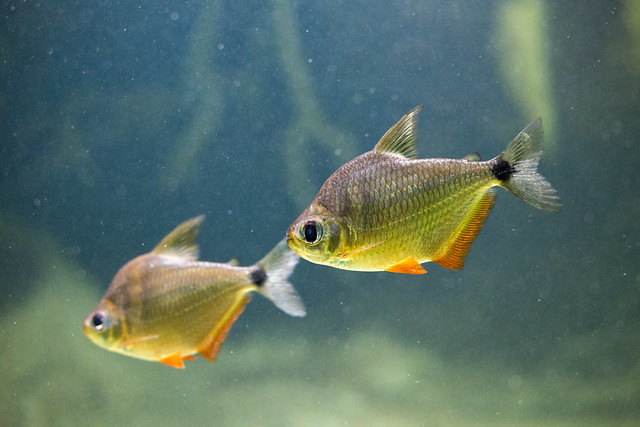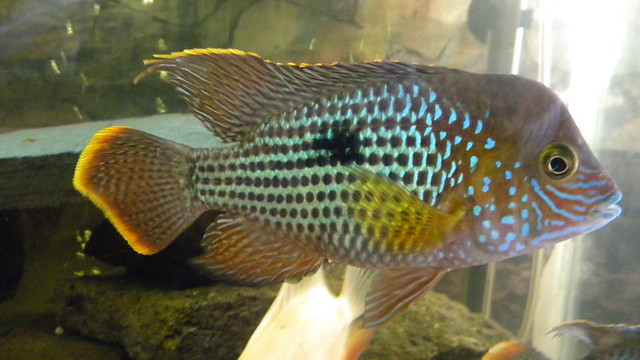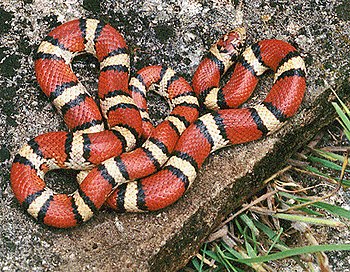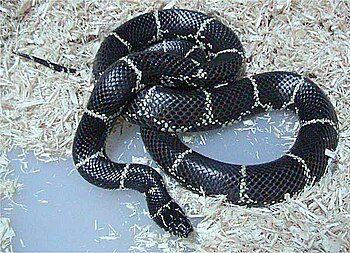 |
| Photo by Schill |
Different Tetra Breeds
Moving on, there are many different species of tetras. I have seen about 26 of them. They come in different color, shape and size. They are also distinguished by their minuscule adipose fins, found between the dorsal and caudal fin. To keep it simple as ABC, the fins are very recognizable. My favorite is the bleeding heart tetra. There is something about the pinkish color and its bulky nature that makes it look attractive. It's price starts around $4. A tetra in general costs between $1 to $10 depending on its species. Some will need a lot of care and supervision, while others don't. A few others might need a certain special care or else they die in poor water conditions. So far, the most expensive one is the splashing tetra, diamond head neon and congo tetra. The neon-orange color from the tail going up of the diamond head is simply amazing if you have seen one! I guess that's why the price is so much more compared to regular one. Say for example the glow light or the head and tail light tetra, where the color is a simple shade of silvery hues. But to tell you the truth, the splashing tetra astounds me. It's pretty pricey for a silver colored tetra. Nothing fancy about it! Could be the ability to jump makes it more expensive? I am baffled.
Neon Tetra
Nonetheless, I am pretty sure you're more familiar with the neon tetra who is very famous of their kind. It has bluish and reddish combination found in both black and clear waters of Brazil, Colombia, and Peru. Funny thing is, they also need to be kept in a group. Maybe a school of 10 neon tetra is ideal, otherwise, they would feel stressed alone. Another appealing tetra species is the serpae tetra. They come in vivid red to brownish red tint. It has a variety of names - jewel, red Serpa or blood characin, something that pertains to the red color. Another sweetheart is the penguin tetra. Its stripe color gives it a bit more of an advantage in attracting tetra lovers. It doesn't have the strong alluring shade, but the distinct black line in the center probably makes it very beautiful to look at.
Food For Tetra Fish
There is a number of food source for this type. They range from enhancing the color of your puny friends, high-protein formula, high vegetable content, energy booster, maximum nutrition, or simply nutritious ingredients for your tetras. The question is, why do you need to give the best food for your tetras? Feeding them with good quality food extends the life of your pleasurable experience watching your tropical fish frolic in your aquarium. Proper nutrition also keeps the water in your tank clean, clear and easier to care for. Not to mention, it keeps your fish healthy, very colorful and at the same time minimize the waste production.
Tetra Fish Tanks
Now for your tetra fish tanks, there is a couple of equipment to keep in mind in setting up your aquarium. The essential items and accessory you need are: stands, hood and lighting, aquarium gravel, your decoration like rocks and plants, filtration and aeration, heater, thermometer, power strip, cleaning accessories, water test kit, water conditioner and net. If you do not have any idea as to how to set it up, you can actually get professional advice to make sure that you are doing the right thing. You can also do a couple of research and visit forums so you know real-life situations that may help you with your tetra tank.
Taking Care Of Your Tetra Fish
Some effective tips in caring for your tetras is that make sure you get the right tank. Acquire the aquarium kit because everything you need to know and implement is found in the kit. As I have mentioned initially, food is one of the key factors in keeping them dainty and healthy, so have your choices ready according to your tetra needs. 6 - 7.5 Ph of water has to be taken into consideration because they are from warmer climates. Higher ph makes them prone to an ailment. Keep temperature to 23C-28C. Bright lights are also bad for tetras. Keep up a dusk habitat for them. They are also top feeders, so it is better to give them food several times a day to avoid food being uneaten which becomes rotten, therefore poses a risk to their health. There has to uniform distribution of nitrogen and ammonia too. This is quite technical so just obtain the correction instructions.
Anyway, there are tetras that are hard to maintain such as the serpae, bleeding heart, lemon, black skirt, white skirt and red eye tetra. If you can't give them proper care and you don't have time to really find the best procedure and research on what to do, stick for the easier to manage species, like bloodfin tetra. They are suitable for beginners. However, the general rule of thumb is to choose for the ones with bigger, circular-shaped bodies. Thin, cigar-shaped tetras like the neon are not appropriate for beginners tank. If you consider yourself a genuine fish lover and you don't have qualms in looking for the best care of your fishes then there is no reason why you won't enjoy looking after your tiny friends. These are just the many important points to consider before you decide on the tetra fish that you want.
|







